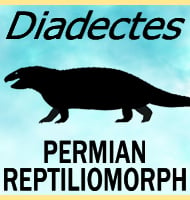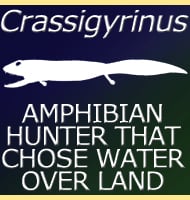Procuhy
In Depth Although known only from partial skull remains and a single jaw bone, the Procuhy holotype fossils seems to have come from a smaller temnospondyl amphibian. Further Reading - New Permian fauna from tropical Gondwana. - Nature Communications 6(8676). - J. C. Cisneros, C. Marsicano, K. D. Angielczyk, R. M. H. Smith, M. Richter, … Read more

